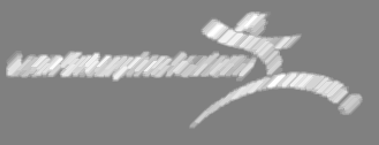Process – Kaizen Activities
What are the Key Aspects of Kaizen Activities?

Process Teach Point Video

Key Learning Points
Make a Change for the Better by doing Kaizen

Four Key Elements
1. “Go and See” at the workplace – observe the actual work activities with your own eyes and grasp the real situation.
2. Use a Structured Scientific Method – not guessing to check the cause and effect of improvement ideas. With Kaizen Activities it is 4 Steps following PDCA.
3. Follow Plan – Do – Check – Act an approach of rapid trials and tests to prove out theories to learn and improve quicker.
4. Take a step towards where we ultimately want to be. Kaizen is continuous – you are never done!

Kaizen Approach
Two main types of approaches:
1. “Daily” Kaizen – Small changes on a frequent basis led by those closest to the work. Mainly focussed on improvements to maintain or slighlty improve performance standard levels. Typically a bottom up approach.
2. Kaizen “Events” – Larger step changes to improve performance standard levels. A coordinated, cross functional activity to support project activities medium term objectives driven form the top down.
Kaizen at all Levels of Flow

Can apply Kaizen to all levels of flow/processes. Starting at the individual level, to the team, work stream and organisational or end to end flow. The method is the same, only the scale, scope, timing and who is involved is different.

Mike Rother and John Shook summarised the Kaizen approaches and levels of flow in the graphic shown. System/Flow Kaizen focussing on the higher levels of flow e.g. work streams/organisational is led by Leadership through Kaizen Events as they have the responsibility/authority to make those step changes.
Process Kaizen focusses on the individuals/teams and is is led by those closest to the work to make small incremental improvements. However, everyone has a role to play in being involved in Kaizen Activities at their level.
Now move onto the next Topic.